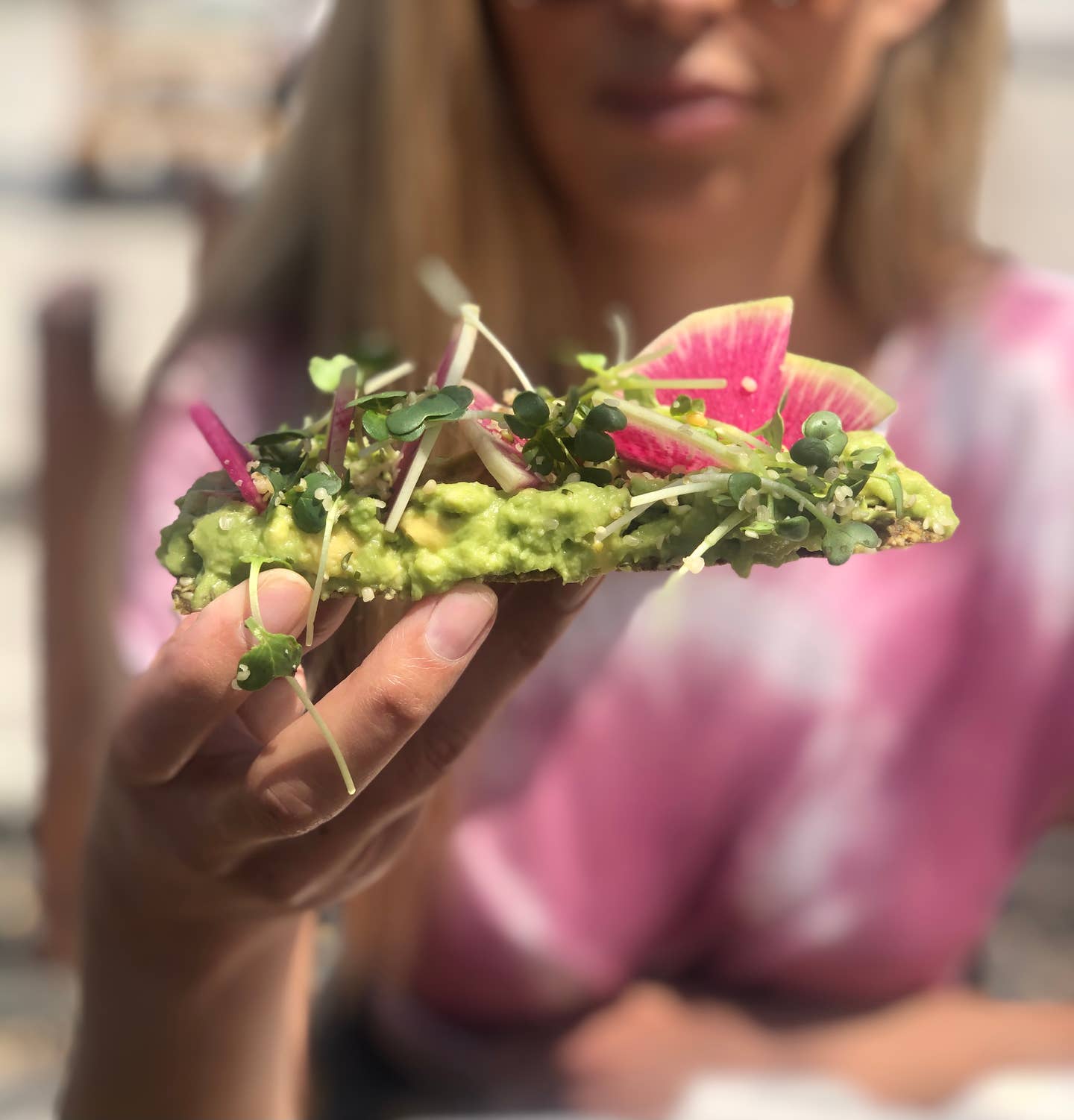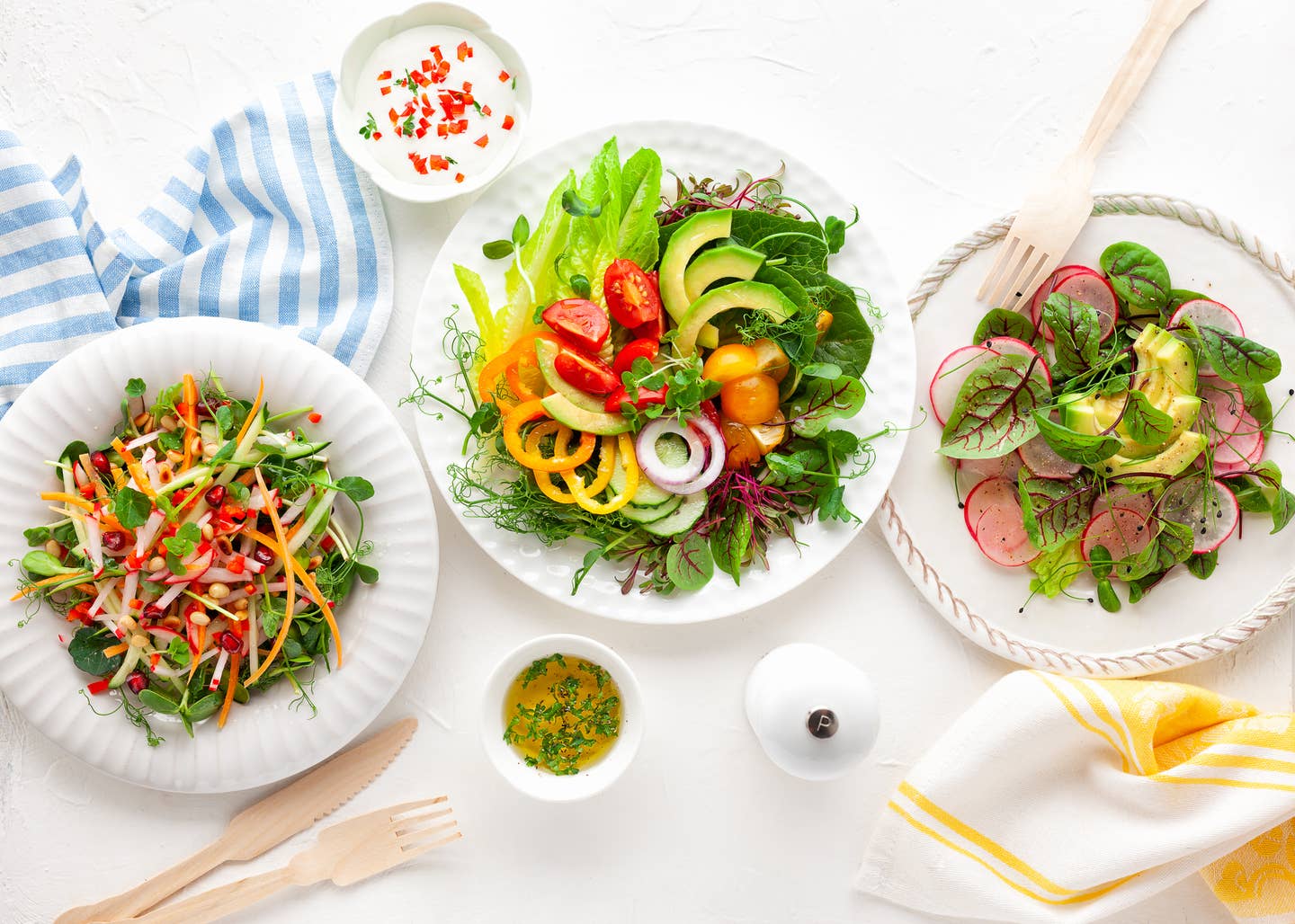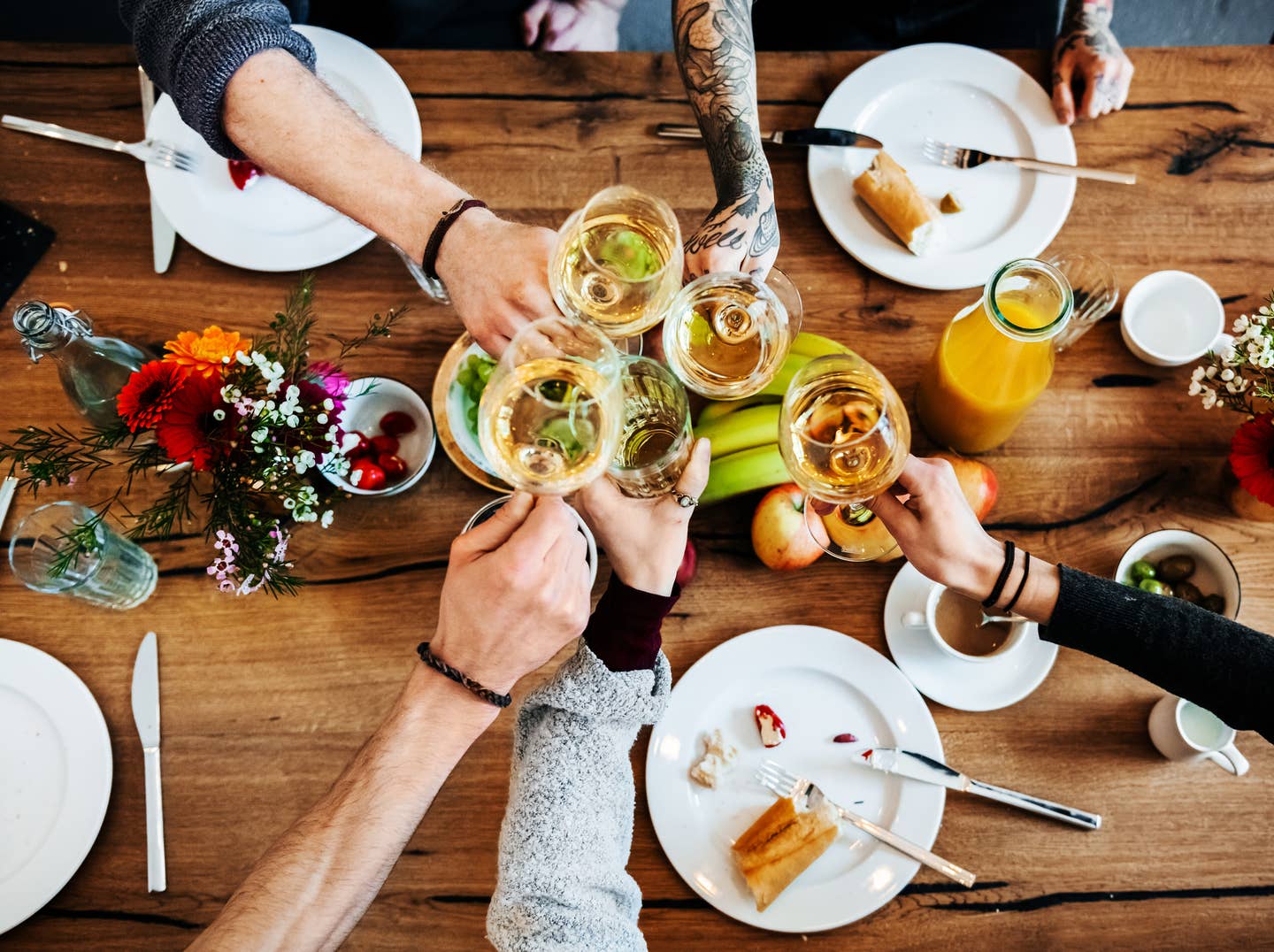
I Tried a Whole Food, Plant-Based Diet And Here’s What Happened
I am not typically a “diet” person: I am vegan and I eat relatively healthy and clean, but I certainly go through periods of overindulgence and heavy snacking, which is completely possible even if you're not eating animal products. If eating vegan sweets were an Olympic sport, I’d probably have a gold medal!
Despite my love for the expanding array of plant-based processed foods —from alternative meats to salty snacks to creamy non-dairy ice creams — I realized that there is a better way to go, which is a "whole food, plant-based" diet of eating only minimally processed food that you recognize as something you could grow. I challenged myself to do this for a full week and see if I felt better. That meant no processed cheeses, chips, cookies, non-dairy ice creams and even cutting out oil, which technically is processed!
My primary goal was to kick my award-winning sweet tooth, and finally change some bad snacking habits I’d developed along the way. With a beach vacation on the horizon, I’ve been on a quest to get in my best post-COVID shape, so going Whole Food Plant-Based (WFPB) would hopefully set me off in the right direction. And I wanted to see if going WFPB would boost my energy level and clear up all my brain fog. As much as I know about plant-based food and nutrition (from reporting on the subject), I realized that there was still so much about a whole food plant-based diet that I didn’t know.
Here are the main takeaways I learned from eating a WFPB diet for a full week, and some unexpected changes I witnessed along the way. For a day-by-day accounting, I documented my week-long journey on The Beet’s Instagram, if you want an up-close and personal look at the journey.)
What is a Whole-Foods Plant-Based Diet?
The basis of a whole foods plant-based diet (WFPB) is this:
1. You don’t eat animal products
2. You don’t eat processed foods including oil
3. You only eat whole foods, such as vegetables, fruit, whole grains, legumes, nuts, and seeds
Whole foods are natural foods that are not heavily processed. That means whole, unrefined, or minimally refined ingredients. Plant-based means food that comes from plants and doesn’t include animal ingredients such as meat, milk, eggs, or honey.
As simple as this sounds, as I prepared to start the diet, I found myself with questions, and a bit confused about what is "processed" and what foods were off-limits. Pasta? Wine? Popcorn? So, to answer my questions about what “minimally processed” translates into, I decided to ask an expert. I scheduled call in the form of an IGTV live, with Nicole Osinga, RD, The Beet's nutrition advisor, before I went ahead. She "raided" my fridge and pantry as I asked about questionable items—and followers chimed in with their own questions.
The most commonly asked question was about chocolate, popcorn, and wine. Here are the short answers. If you are doing a truly WFPB diet:
- Popcorn is okay.
- Chocolate, avoid.
- Wine, avoid!
- Pasta, which I thought would be a food to "avoid," is okay!
- Whole-wheat bread is allowed, but choose one with the least ingredients.
Osinga pointed out on the IGTV live: “There isn’t one solid definition for what diets are whole food plant-based and which are not, but I think that returning to this generalization is key: The only processing should just be to preserve and increase the healthfulness of the food.”
Before You Start: Get Your Kitchen Ready for WFPB
The night before I started my WFPB diet, I did a complete fridge and pantry cleanout and deep overall physical cleaning. I dug deep to channel my inner Marie Kondo and did some seriously thought-provoking kitchen tidying. Some old food items were so treacherous they had to go into the trash, and others that did not “spark joy” on my new diet, or might be a temptation, went to a local food bank (bye, crackers, cookies, chips, and cereals). I also fully cleaned off all my fridge and cabinet surfaces to start fresh.
The next part was stocking the fridge with lots of whole foods to be eaten as snacks that were chopped and ready for munching. This was critical, as convenience wins when I get hungry, so being able to open the fridge and immediately access nicely chopped carrots and other snacks were key to my success. if you do this, you’ll be more likely to eat them. I also had saved a lot of glass jars, and some single-use plastic that I have been wanting to reuse, so stocking these with veggies and giving them a front-row seat in my fridge worked wonders.
Next, Find Processed Food Alternatives That You Love
I knew that processed sweet foods would be the hardest thing to kick, but it was also the foods I needed to move away from the most. What I was able to do was make some familiar favorites that were whole-food based, but still helped satisfy my cravings. For example, throwing sliced apples in an air fryer with some cinnamon and coconut nectar syrup was reminiscent of an apple pie. After a while, I found myself no longer fantasizing about vegan carrot cake, instead, I started to salivate over the chopped-up cantaloupe in my fridge.
Try Air Frying to Avoid Oil on a Whole-Food Plant-Based Diet
Earlier I learned everything there was to know about air fryers when I wrote up a plant-based air frying guide. An air fryer is phenomenal for WFPB eating since it enables cooking without oil. Tofu is a great example. Normally you'd have to put oil in a frying pan and crisp it up, but air frying eliminates that need, since it works like a mini convection oven, cooking evenly on all sides. Just turn it on and let it do its magic. You can also dehydrate foods and cook pretty much anything you like (potatoes or vegetables) oil-free.
Use These Easy Oil Alternatives on a Whole Food Plant-Based Diet
It’s easy to get in the habit of dousing your food in olive oil. Does anyone really measure oil when cooking? No, and that’s why it’s easy to add too much oil, and excess calories. In many cases, you don’t even need oil. For example, I made a zucchini noodle and avocado cream sauce for dinner, and normally I would have added oil when chopping the avocado, basil leaves, garlic, as well as salt and pepper to the sauce, but this time I just used water. Since avocados are a naturally occurring high-fat food, the added oil wasn't necessary, and swapping water worked just fine.
Another place I eliminated oil was when stir frying my veggies. Using low-sodium vegetable broth gave me all the liquid needed in the pan and added some flavor, eliminating the need for oil. Of course, this trick doesn't always work, but it is certainly a reminder that there are great oil alternatives.
Eating Whole-Foods Plant-Based at Restaurants
This is where it got hard to stick to the whole food plant-based diet. Eating out if you are strict, it's tough since oil is a staple in so many restaurant dishes! I went on a hunt in LA to find a WFPB restaurant—which I quickly realized did not exist, even in a vegan mecca like Los Angeles. I did end up visiting the Matthew Kenney restaurant, Make Out, since he works with whole foods, and makes things in-house from scratch. I got the raw avocado flatbread and the “cobb” salad, which was raw, and both were delicious.
Raw vegan items often don’t use oil, and of course no processed foods. So a safe bet when eating out would be to find a restaurant that has raw vegan items, or better yet, a raw vegan restaurant. It’s still though hard to know from looking at the menu if there is in fact no oil, so to be safe when you dine, just ask to make sure.
My Experience Eating WFPB: Here's How I Felt
I absolutely saw and felt changes on this diet, even after just the first few days. The biggest thing I noticed was my face was noticeably less puffy. I attribute this to cutting out processed foods, thus my sodium intake was significantly reduced. By the end of the week, I also noticed I had a bit more energy during my workouts. And, while weight loss was not a primary focus for going WFPB, I do think I lost a pound or two, and could absolutely see first-hand how WFPB works well for weight loss.
One of the greatest things I took away was having a new tool to use when I need to reset my eating or kick getting into shape into gear. I am also happy to report that I have permanently developed a new habit of turning to fresh fruit when I have a sweet craving, even late at night, when I used to reach for something sweet, processed, and full of added sugar.
Whether this diet is for you or not ultimately depends on your lifestyle and your goals. For me, it's good to know that I can now turn to a WFPB diet when I want to clean up my act. It's doable and easier than you might think. For more on a WFPB diet, check out my conversation with Nicole Osinga, RD, here.
More From The Beet






